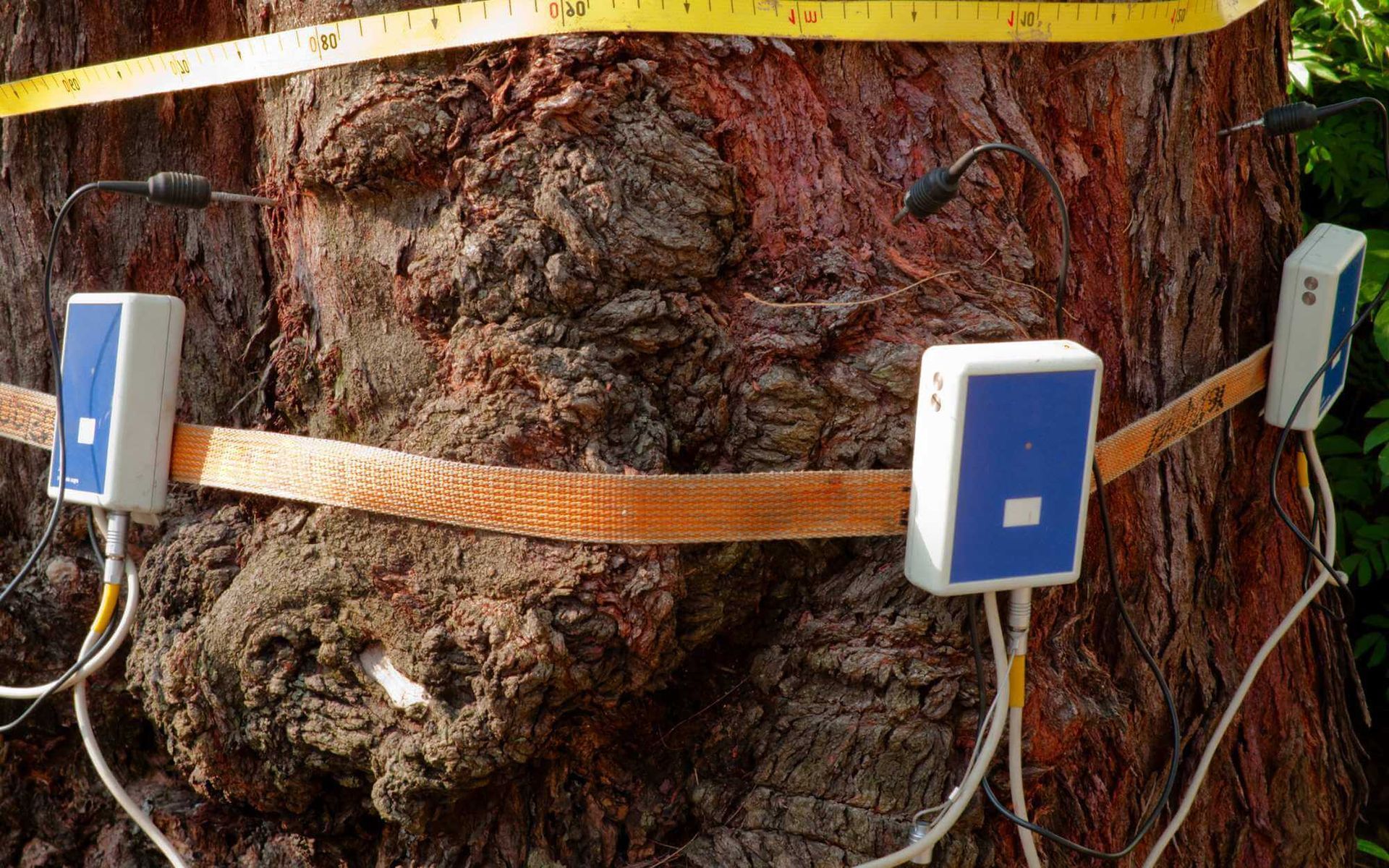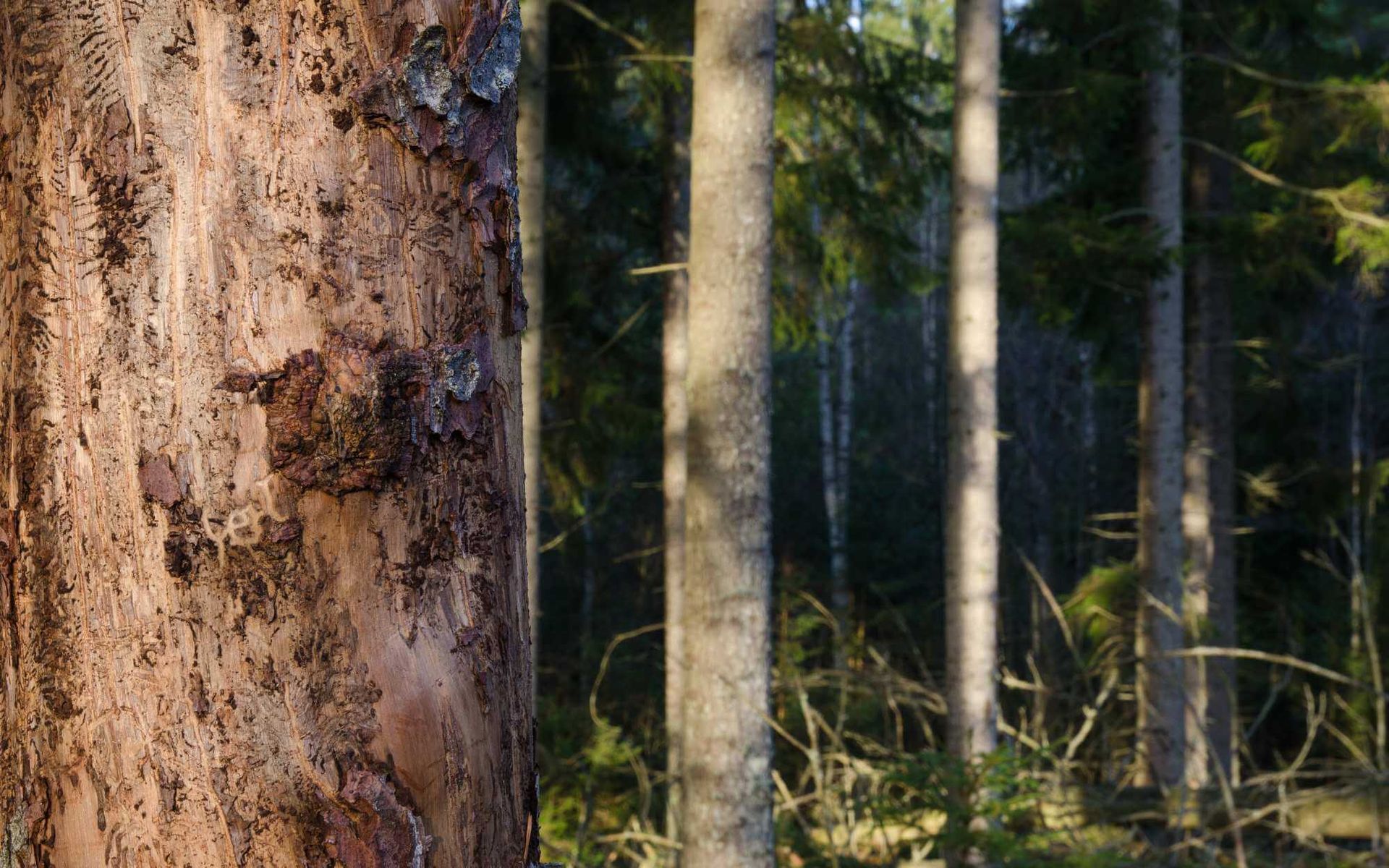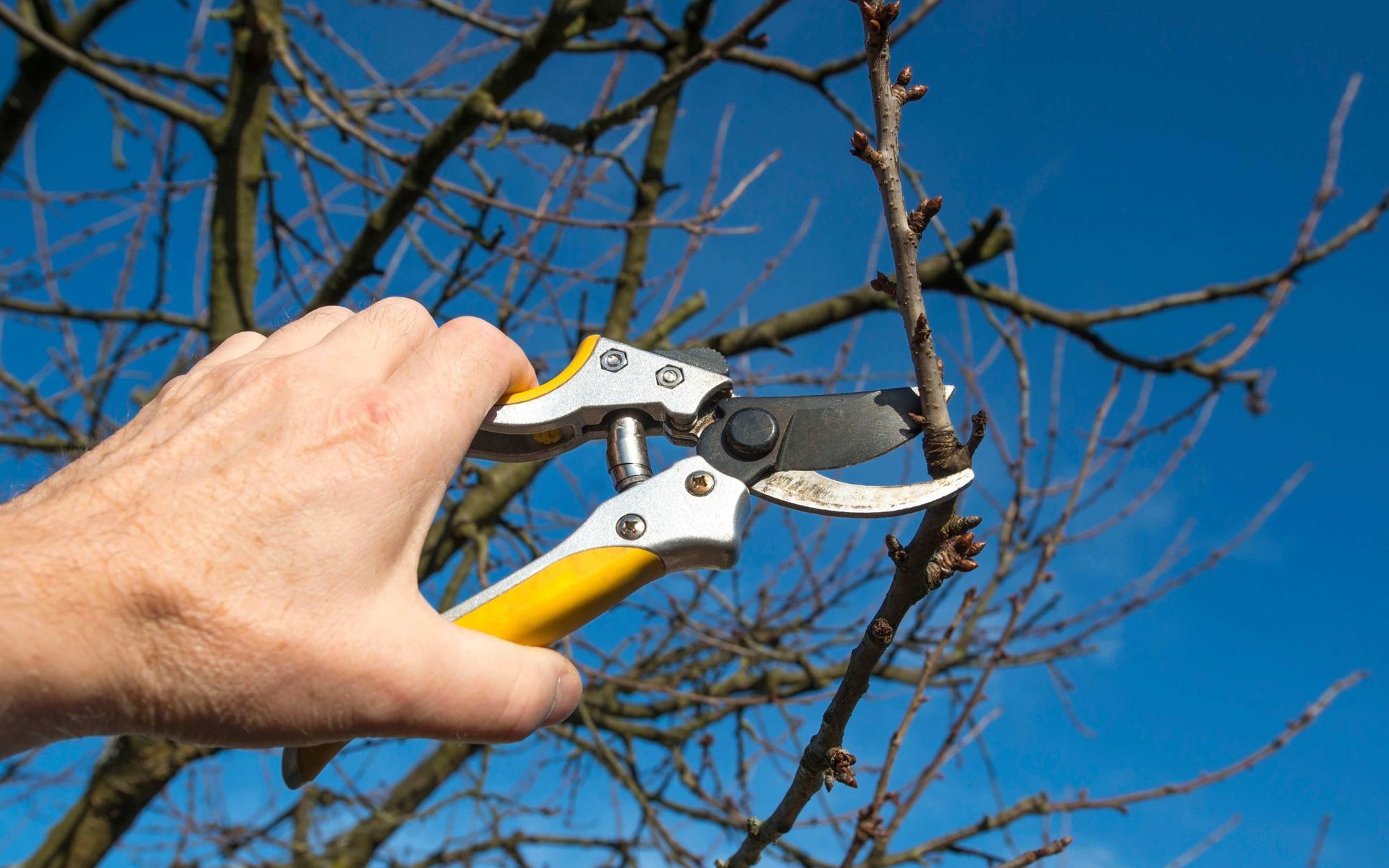Real Tree Team
Arborist, Tree Service and Tree Removal Services
License #: FL-6129A
CALL FOR A FREE QUOTE!
Preventing Accidents by Identifying Hazardous Trees
PUBLISHED ON
SHARE THIS ARTICLE

In our pursuit to coexist harmoniously with nature, it's integral to prioritize not just the environmental benefits that trees offer but also our safety.
Trees, like every living organism, have life cycles and can pose a threat if we fail to identify signs of decline and hazards early on. Recognizing hazardous trees and understanding the risks associated with them is a proactive approach to preventing accidents and injury.
In this blog, we'll explore the nuances of
identifying hazardous trees, providing you with the knowledge to protect yourself and your property and contribute to a safer community.
Common Causes of Tree Hazards
Tree hazards often result from a combination of natural factors and human activities.
Natural causes include disease, pest infestation, and weather-related damage such as wind, lightning, or ice storms. Human activities like construction, improper pruning, or damage to the tree roots can also weaken the tree.
Hazardous trees pose various risks including physical harm from branches or the entire tree that fall, property damage to buildings and vehicles, and obstruction of roads or walkways. Moreover, they can disrupt power lines, causing electrical hazards or outages.
Identifying and managing such trees promptly is crucial for safety and damage prevention.
Signs and Indicators of Hazardous Trees

Hazardous tree identification is the first step toward safety. Some common indicators include dead or hanging branches, vertical cracks in the trunk or major limbs, and a leaning or falling tree. The presence of mushrooms or other fungi at the base of the tree may suggest advanced decay, a serious concern for stability.
Identifying structural defects and weaknesses is also important. Look for rotting wood, weak branch unions, or cavities in the tree. Trees with multiple trunks or leaders are frequently structurally unstable and pose a risk of falling.
Signs of disease, decay, or infestation can be subtle but are critical to identify. Unusual leaf discoloration, premature leaf drop, or a thinning canopy can be indicators of disease or pest infestation. Insects such as bark beetles or wood borers can cause significant damage to trees, often indicated by exit holes or sawdust-like frass.
By recognizing these signs early, we can mitigate the risks associated with hazardous trees.
Conducting Tree Inspections
Regular tree inspections are paramount in ensuring safety and preventing tree accidents. These inspections allow us to spot potential hazards early, making it possible to take preventative actions.
Here are some DIY tips: inspect trees after severe weather, look for the signs mentioned above, and make sure to check all sides of the tree and its crown. Using binoculars can help to spot issues higher up.
Tree inspection can be complex and sometimes dangerous, especially for larger trees or if decay is suspected internally. In such cases, it's recommended to seek the assistance of professionals. Certified arborists have specialized equipment and knowledge to identify hazards and recommend appropriate responses.
Taking Action: Mitigating Tree Hazards

Regular tree maintenance and proper pruning techniques strengthen tree health and mitigate hazards. Pruning removes deadwood, promotes growth, and maintains structural integrity. Consider professional advice when tree removal becomes necessary, as it poses considerable risk.
Factors include the tree's size, proximity to structures, and health. Proper preventative care comprises selecting the appropriate species for specific locations, ensuring sufficient watering, and regular health checks. Disease control and pest management are also pivotal.
Understanding these practices enables us to coexist with trees safely, cherishing their environmental contributions while minimizing potential hazards.
Identify hazard trees to ensure an accident-free landscape!
Identifying hazardous trees safeguards our lives and properties while enabling harmonious coexistence with nature. Regular inspections, early detection of signs like decay, disease, or infestation, and appropriate action help mitigate risks. Let's prioritize tree safety, leveraging professional advice when necessary, to prevent accidents and foster a safer community.
Contact Real Tree Trimming & Landscaping, Inc. today for expert advice and services in identifying hazardous trees. Our
certified arborists are committed to promoting tree health, safety, and environmental harmony. Together, let's protect and preserve nature for generations to come. Let's prioritize tree safety today.
Want a free quote or some friendly advice? Call our team today:
More Posts From The Real Tree Blog:
ISA Certified Arborists. Licensed, Insured and Bonded.
Providing the Highest Quality Tree Services to South Florida since 1993.
FOLLOW US ON :
Contact Details
BROWARD & PALM BEACH COUNTIES
Site Links

LGBTQ+ Friendly

ISA Certified Arborist®
FL-6129A
| Real Tree Trimming & Landscaping, Inc




